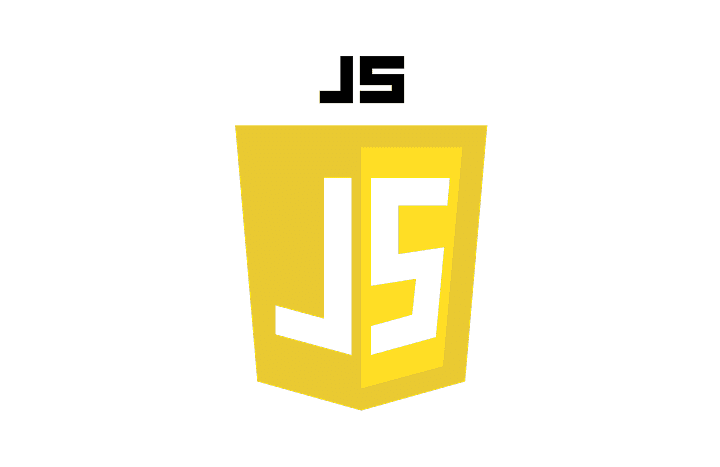
JavaScript Interview Questions
JavaScript is one of the most widely used programming languages in today's web development world. Commonly used in both front-end and back-end development (with Node.js), JavaScript is a preferred language among software developers due to its powerful and flexible nature. In JavaScript interviews, candidates are tested on their knowledge of the language’s basic and advanced features, web development processes, and problem-solving skills. In this article, we provide a guide to the most common questions that may arise in JavaScript interviews and how to effectively answer them.
1. What is JavaScript and What is it Used For?
JavaScript is a dynamic, high-level programming language. It is used to add interactivity to web pages, make user interfaces dynamic, and develop applications on the server-side. It can be used both on the client-side (front-end) and the server-side (back-end). Together with HTML and CSS, JavaScript forms the cornerstone of modern web development.
When answering this question, it's important to touch on JavaScript’s areas of use and how it runs in the browser.
2. What are the Differences Between JavaScript and Java?
Despite their similar names, JavaScript and Java are two completely different programming languages. JavaScript is a dynamic language that runs in browsers, while Java is a compiled programming language mostly used on the server side.
JavaScript: Interpreted, lightweight, and dynamic. Runs in the browser and is used with HTML/CSS.
Java: Compiled, statically typed, and object-oriented. Commonly used for server-side development.
Clearly explaining these differences shows the candidate’s ability to distinguish between the two languages.
3. What is Hoisting in JavaScript?
Hoisting refers to JavaScript’s behavior of moving variable and function declarations to the top of the scope before code execution. For example, in JavaScript, it is possible to use a variable before it is declared because declarations are moved to the top in memory. However, only declarations are hoisted, not assignments. For example:
console.log(x); // undefined
var x = 5;
When answering this question, explaining the impact of hoisting in JavaScript with examples demonstrates your understanding of the concept.
4. What Are the Differences Between var, let, and const in JavaScript?
In JavaScript, variables can be declared using var, let, and const. Their differences are:
- var: Function-scoped and subject to hoisting. Valid within the function it is declared in.
- let: Block-scoped. Valid only within the block it is declared in and must be defined before use.
- const: Block-scoped and cannot be reassigned once defined. Used for constant values.
Highlighting the importance of let and const in modern JavaScript is helpful when answering this question.
5. What is Closure in JavaScript?
A closure is a function that can access variables from its outer function scope even after the outer function has closed. It allows a function to retain access to its lexical scope, enabling data encapsulation or transferring data between functions. Example:
function outer() {
let count = 0;
return function inner() {
count++;
return count;
}
}
const counter = outer();
console.log(counter()); // 1
console.log(counter()); // 2
It is important to highlight how closures are used for functional programming and data privacy.
6. What is the Asynchronous Structure in JavaScript?
JavaScript supports asynchronous programming, allowing long-running operations (e.g., an API call) to be executed without blocking other code. This is achieved using callbacks, promises, and async/await:
- Callback: A function passed as an argument to another function.
- Promise: An object representing the eventual completion or failure of an asynchronous operation.
- async/await: A more readable way to write promise-based asynchronous code.
Explaining how promises and async/await are used in modern JavaScript is important when answering this question.
7. What is the Event Loop in JavaScript?
The Event Loop is a critical concept for understanding how JavaScript handles asynchronous tasks. JavaScript is a single-threaded language, meaning it can only execute one task at a time. However, the Event Loop allows asynchronous tasks to be queued and executed once the call stack is clear. This mechanism enables JavaScript to run without blocking.
Describing how the Event Loop works and how the task queue is processed demonstrates a solid understanding of JavaScript's execution model.
8. What is Prototypal Inheritance in JavaScript?
JavaScript uses prototypal inheritance to share properties and methods between objects. Each JavaScript object has a prototype, which it can inherit properties from. This allows inheritance without the need for classical classes:
function Person(name) {
this.name = name;
}
Person.prototype.sayHello = function() {
console.log("Hello, " + this.name);
}
const john = new Person("John");
john.sayHello(); // "Hello, John"
Explaining how prototypes play a role in JavaScript’s object-oriented features is crucial.
9. What Does "use strict" Mean in JavaScript?
"use strict" enables strict mode in JavaScript, enforcing a stricter set of rules. It helps developers write cleaner and more error-free code by disallowing certain practices like using undeclared variables or reserved keywords as identifiers.
When answering this question, explain how to enable strict mode and the benefits it provides.
10. What is the DOM in JavaScript?
The DOM (Document Object Model) is a programming interface that represents the structure of a web page. JavaScript can manipulate HTML elements via the DOM API, enabling dynamic updates to the content and structure of web pages. For example:
document.getElementById("myElement").innerHTML = "Hello, World!";
Explaining how DOM manipulation enhances JavaScript’s role in web development is key.
JavaScript is an essential language in the world of web development, and interviews often cover a wide range of topics from basics to advanced features. The JavaScript interview questions and answers in this article aim to help candidates prepare more effectively.
Want to practice for JavaScript interviews and connect with industry professionals? Join Techcareer.net’s carefully crafted JavaScript engineer interview prep guides and live workshops to improve your skills! Also, join our Slack community to network with thousands of JavaScript professionals and stay updated on career opportunities. Sign up now and succeed in your next interview with Techcareer.net!
Want to test your technical skills and discover your strengths? Try Techcareer.net’s tech-specific assessment tests, identify areas for improvement, and take the first step in your career with confidence!
Our free courses are waiting for you.
You can discover the courses that suits you, prepared by expert instructor in their fields, and start the courses right away. Start exploring our courses without any time constraints or fees.



